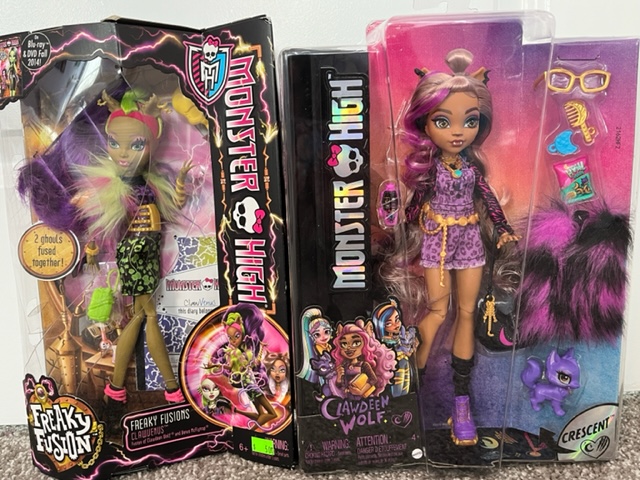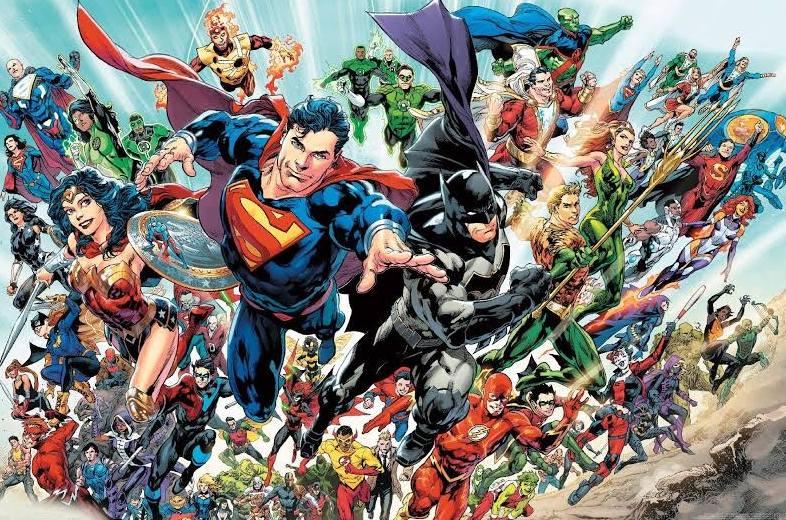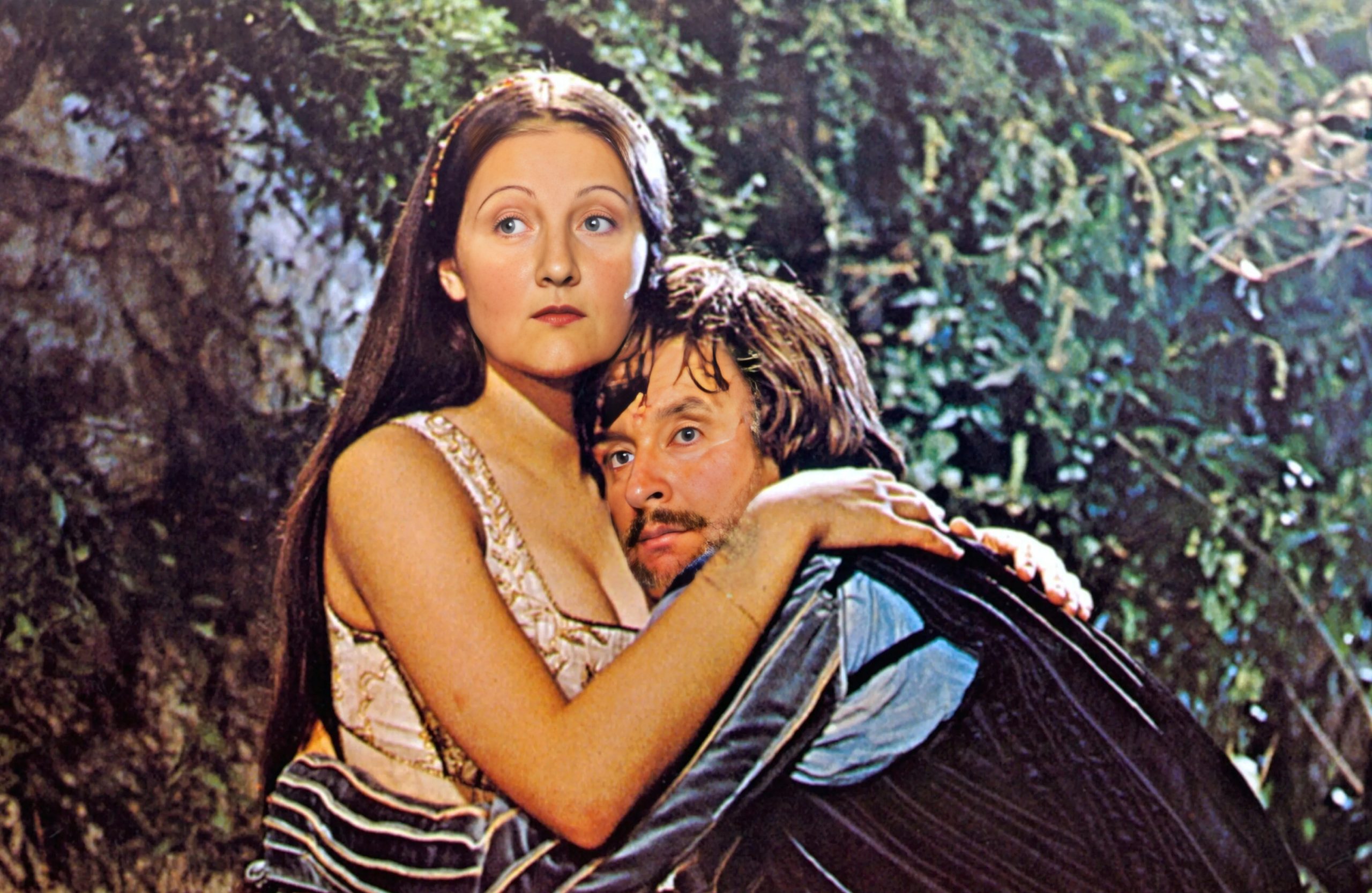The Rise of Kidulting
A Monster High Clawdeen Wolf doll from 2014 on the left, and one from this year on the right.
December 20, 2022
In recent years, the term “iPad baby” has gained popularity. The kid at the restaurant who is watching loud videos on their ipad while their parents act like they don’t exist. Gen Z grew up this way, and Generation Alpha will as well. But with early access to the internet, toys, the former main source of entertainment for children, have lost their value to this age group.
Now that social media is getting into the hands of younger children, the target demographic has shifted drastically. 15 years ago, girls did not stop playing with dolls until high school. Now, it’s surprising if girls play with dolls all throughout elementary school. Two doll brands that demonstrate how this has affected the doll industry are Bratz, introduced in 2001, and Monster High, introduced in 2010.
They were both geared towards teens and pre-teens, unlike Barbie. Bratz focused more on things teenagers would care about, while Monster High was too dark for young children. But after technology shifted the demographic, both brands were forced to rebrand. The new dolls, released in 2015 and 2016, were softer-looking and included brighter colors that appealed to little girls. They had bigger eyes and simpler outfits. Both reboots failed, not being able to compete with new brands springing up that were created specifically for a younger audience.
These brands, such as L. O. L. Surprise and Shopkins Shoppies, included the traits Bratz and Monster High tried to incorporate, however their dolls looked younger. Up until this point, all the popular doll brands had made teen or adult characters, but now dolls that looked like children were what sold.
After their first attempt at a reboot failed, Bratz had to decide what to try next. What they decided on was a tactic that has been noticeably more prevalent with all types of toys, not just dolls. They went back to their original style this year, re-releasing lines that had been first released back when Bratz was new. They marketed the dolls to young adults who had played with them as kids. In an article with Forbes, Bratz’s owner, Isaac Larian, said that Bratz sales are up by a staggering 100%.
Other brands have done this as well. Monster High sold collector’s edition dolls of famous horror movie characters while they worked on their latest reboot; Rainbow High and Barbie sell special edition dolls; even Disney has jumped on the bandwagon. This isn’t exclusive to dolls, either. Toy brands such as Lego sell products made specifically for collectors. Having these products on sale is a must for toy brands in this time of uncertainty in the market.
But why is it that the collector’s items are so essential to a brand’s success? There are many reasons why adults collect toys, a main one being nostalgia and revisiting childhood memories. In my experience, this is true, however, it goes a bit deeper than that.
I had access to the internet from a really young age, and almost immediately, that became my source of entertainment and I stopped caring about toys. I didn’t get to experience a childhood playing with toys like other generations did. So, collecting dolls is a way of trying to get back what I’ve lost. As people who were raised by technology grow into adults, toy collecting has become more popular. “Kidulting” is trending, and according to Larian, millennial collectors could amount to most of the sales this Christmas. Unsurprisingly, the only other generation that shares Gen Z’s tech-filled upbringing is a major market for toys this year.
The late 2010s was a confusing time for the toy industry, but as brands now fully adjust to this change in demographic, we can get a clearer idea of where things might be going. Dolls will continue to become softer for young children, but it would not be a surprise if toys become as much for adults as they are for kids.












